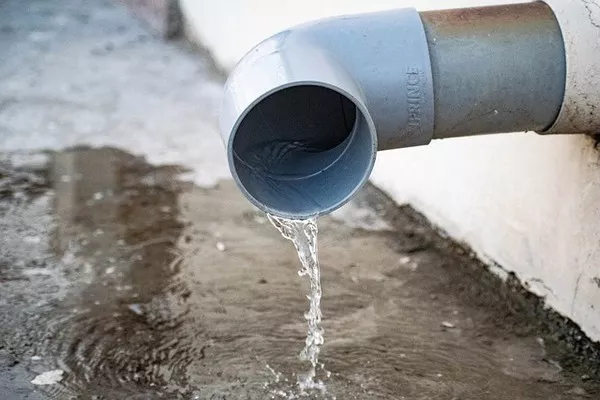Sewage is a critical aspect of urban infrastructure that often goes unnoticed until there is a problem. It is a complex system that plays a crucial role in maintaining public health and preserving the environment. In this article, we will delve into the definition of sewage, its components, the treatment process, and the importance of managing sewage effectively.
Definition of Sewage
Sewage refers to the wastewater generated from residential, industrial, and commercial activities. This includes water from toilets, sinks, showers, and industrial processes. Sewage is a mixture of liquid and solid waste, containing organic and inorganic substances, as well as various contaminants. The proper management of sewage is essential to prevent the spread of diseases and protect the environment.
Components of Sewage
Liquid Waste: The liquid component of sewage mainly consists of water from household activities, industrial processes, and stormwater runoff. This water may contain various contaminants, including chemicals, pathogens, and nutrients.
Solid Waste: Solid waste in sewage consists of particles and debris that do not dissolve in water. This can include items such as toilet paper, food particles, and other suspended solids. Proper removal of solid waste is crucial to prevent clogging in sewer systems and to facilitate the treatment process.
Pathogens: Sewage often contains harmful microorganisms such as bacteria, viruses, and parasites. These pathogens can pose significant health risks if not adequately treated before discharge into the environment.
Chemical Contaminants: Industrial processes contribute various chemicals and pollutants to sewage. These may include heavy metals, toxins, and hazardous substances that can have detrimental effects on both human health and the environment.
Treatment Process
The treatment of sewage is a multistep process designed to remove impurities and contaminants before releasing the treated water back into the environment. The primary goals of sewage treatment are to protect public health, prevent water pollution, and preserve ecosystems. Here is an overview of the typical sewage treatment process:
Screening: The initial step involves the removal of large objects and debris through screening. This prevents damage to pumps and equipment downstream and facilitates the separation of solid waste.
Primary Treatment: In this phase, the sewage undergoes sedimentation to separate solid particles from the liquid. The settled solids form a sludge, while the clarified liquid is subjected to further treatment.
Secondary Treatment: Biological processes are employed in the secondary treatment stage to break down organic matter. Microorganisms are introduced to consume and convert organic pollutants into harmless byproducts. This step significantly reduces the concentration of pathogens and organic contaminants in the wastewater.
Tertiary Treatment: Tertiary treatment is a polishing step that further refines the quality of the treated water. It involves additional processes such as filtration, chemical treatment, and advanced disinfection to meet specific water quality standards.
Sludge Treatment: The sludge generated during primary and secondary treatment undergoes further processing to reduce its volume and eliminate harmful pathogens. Common methods include anaerobic digestion, aerobic digestion, and dewatering.
Importance of Effective Sewage Management
Public Health Protection: Proper sewage management is essential for safeguarding public health by preventing the spread of waterborne diseases. Inadequate treatment and disposal of sewage can lead to the contamination of drinking water sources, posing a severe risk to communities.
Environmental Conservation: Untreated sewage discharged into natural water bodies can have detrimental effects on aquatic ecosystems. Excessive nutrients, such as nitrogen and phosphorus, can lead to algal blooms, oxygen depletion, and the death of aquatic organisms. Effective sewage treatment helps mitigate these environmental impacts.
Resource Conservation: Wastewater contains valuable resources, including water and nutrients. Efficient sewage treatment allows for the recovery of these resources, promoting sustainability and reducing the demand for freshwater and fertilizers.
Compliance with Regulations: Governments and environmental agencies establish stringent regulations to control the discharge of sewage into the environment. Effective sewage management ensures compliance with these regulations, avoiding legal consequences and penalties.
Conclusion
Sewage is a complex mixture of liquid and solid waste that requires careful management to protect public health and the environment. The sewage treatment process plays a crucial role in removing impurities and contaminants before releasing the treated water back into natural ecosystems. Recognizing the importance of effective sewage management is essential for building sustainable and resilient urban infrastructure. By investing in advanced sewage treatment technologies and adhering to environmental regulations, communities can ensure a healthier future for both humans and the planet.

